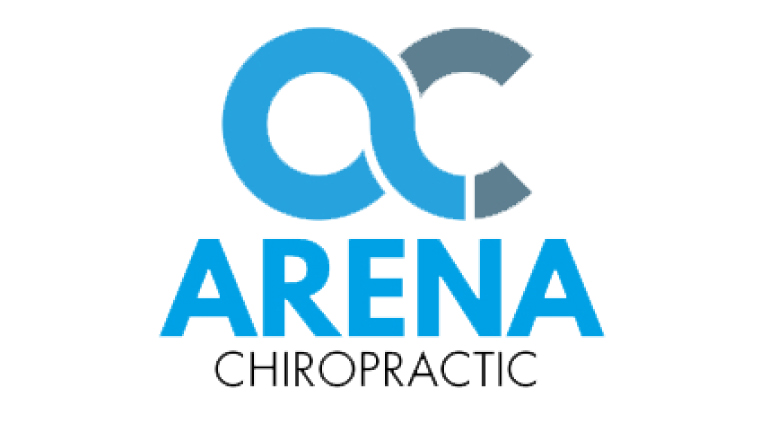The metaphor linking the human brain with computer hardware is now so well known that it features regularly in news media stories. But computers have only been with us since Colossus and ENIAC (electronic numerical integrator and computer) were constructed in the mid-1940s. The metaphor linking the code embedded in human DNA and computer software is less frequently cited. The general public only became aware of the concept of computer software in the early 1980s, with the launch of IBM’s Personal Computer in 1981 and Apple’s Macintosh computer in 1984. In contrast, our genetic code has been evolving for 2 million years.
We could consider computer hardware the metaphorical analog of the human nerve system, consisting of the brain, spinal and peripheral nerves, and neurons (nerve cells).1,2 The nerve system comprises the physical structures that initiate and transmit electrical signals that control the physiological processes of your cells, tissues, and organs. Activities involving your heartbeat, your breath, your digestion, and hormonal function are all regulated and directed by interaction with the nerve system.
Computer software provides encoded instructions for programs that run on the processors, memory banks, buses, and drives of the computer hardware structure. Such programming is analogous to our genetic code, which contains instructions for the growth, development, and functioning of every cell in our bodies. The nerve system carries out its functions based on instructions derived from the DNA contained within its cells.
Computers and the software they run on do not require much maintenance. You certainly don’t want to spill coffee on your keyboard and you don’t want crumbs to wander into any open ports or drive slots. You do want to backup your files and run security checks periodically. But that’s about it. In contrast, the human body requires a fair amount of upkeep in order to ensure optimal performance. Many people are unwilling to do 30 minutes of vigorous exercise 5 times a week. Many people will not take the time to shop for nutritious food and prepare healthful meals.3 But if you engage in these important activities on a regular basis, you will go far to securing long-term health for yourself and your family.
Most of us put a lot of thought into decisions concerning our computers and the software we’re going to run on them. We take good care of these helpers of our personal and business activities. But few of us are similarly conscientious when it comes to taking care of our own health and well-being. It would profit all of us greatly to take such care of our metaphorical hardware and software, that is, the physical and physiological structures that keep us healthy and well.
1Cash SS, Hochberg LR: The emergence of single neurons in clinical neurology. Neuron 86(1):79-91, 2015
2Xu J, et al: What does a neuron learn from multisensory experience? J Neurophysiol 113(3):883-889. 2015
3Asher G, Sassone-Corsi P: Time for Food: The Intimate Interplay between Nutrition, Metabolism, and the Circadian Clock Cell 161(1):84-92, 2015




